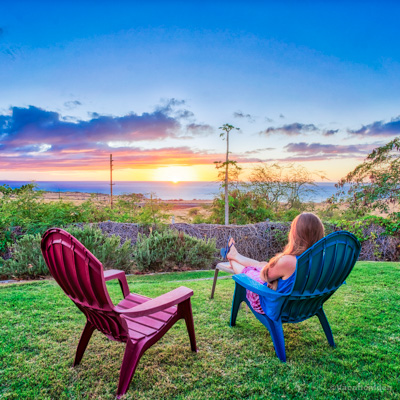Best Places to Visit in Montana

Searching for the best places to visit in Montana? Well, you are in the right place! Since I've moved to Texas, the one thing I miss are tall mountain peaks. So you can imagine that my family and I find our visits to Montana extra special!
We can't get enough of glacier-fed lakes, glimpses of wildlife from the road, unique lodge accommodations, and Glacier and Yellowstone National Parks (yes, a portion of the world's most famous park is located in Montana!). Each place I visited in Montana over the years and during my recent four week road trip left a mark and I can't wait to return next summer.
So what is there to do in Montana? First off, you’ll feel as if you’ve stepped into a living painting - You'll see mountains, lakes, wide-open skies, and the kind of silence that makes you breathe a little deeper. In addition, I think that this state is one of the most naturally beautiful places I’ve ever explored. Here is my final collection of our favorite destinations that I hope truly capture Montana’s magic for you to enjoy.
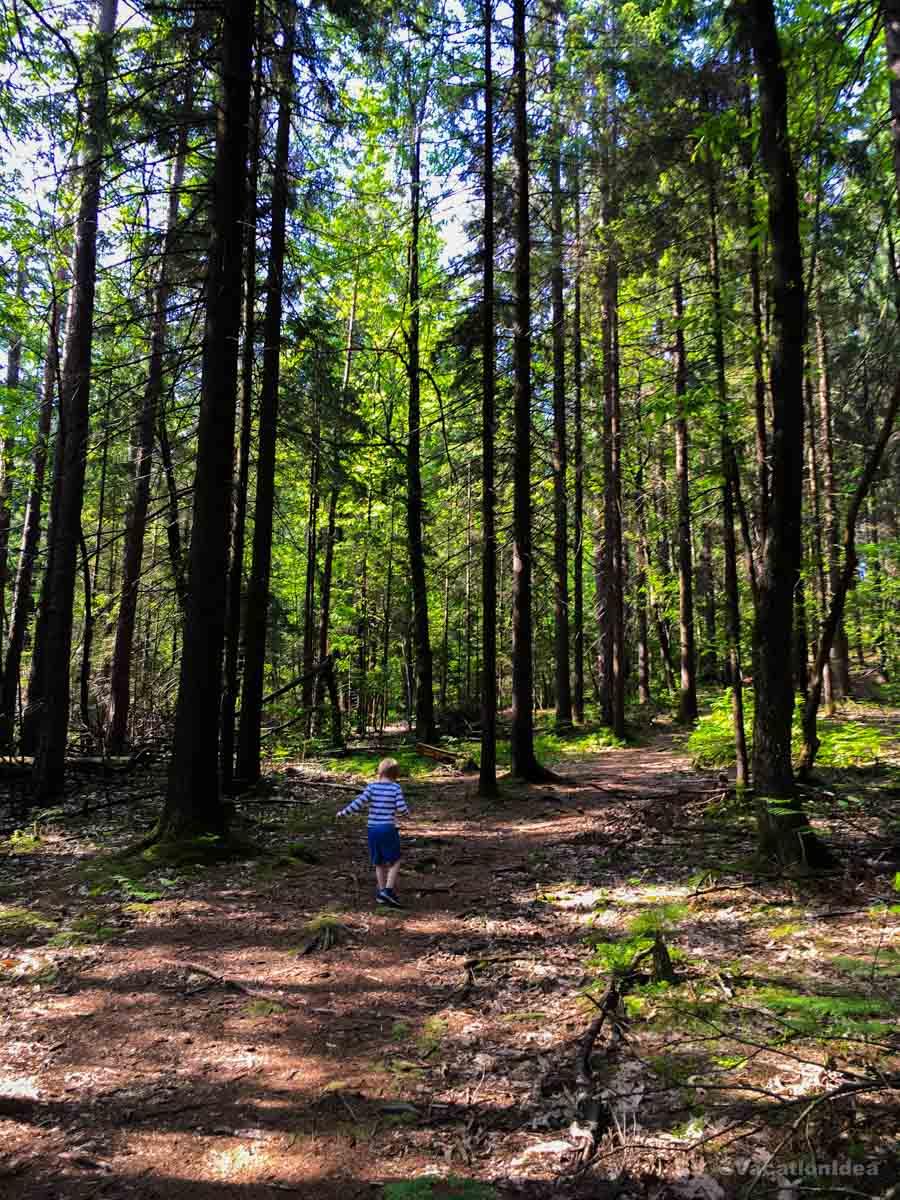
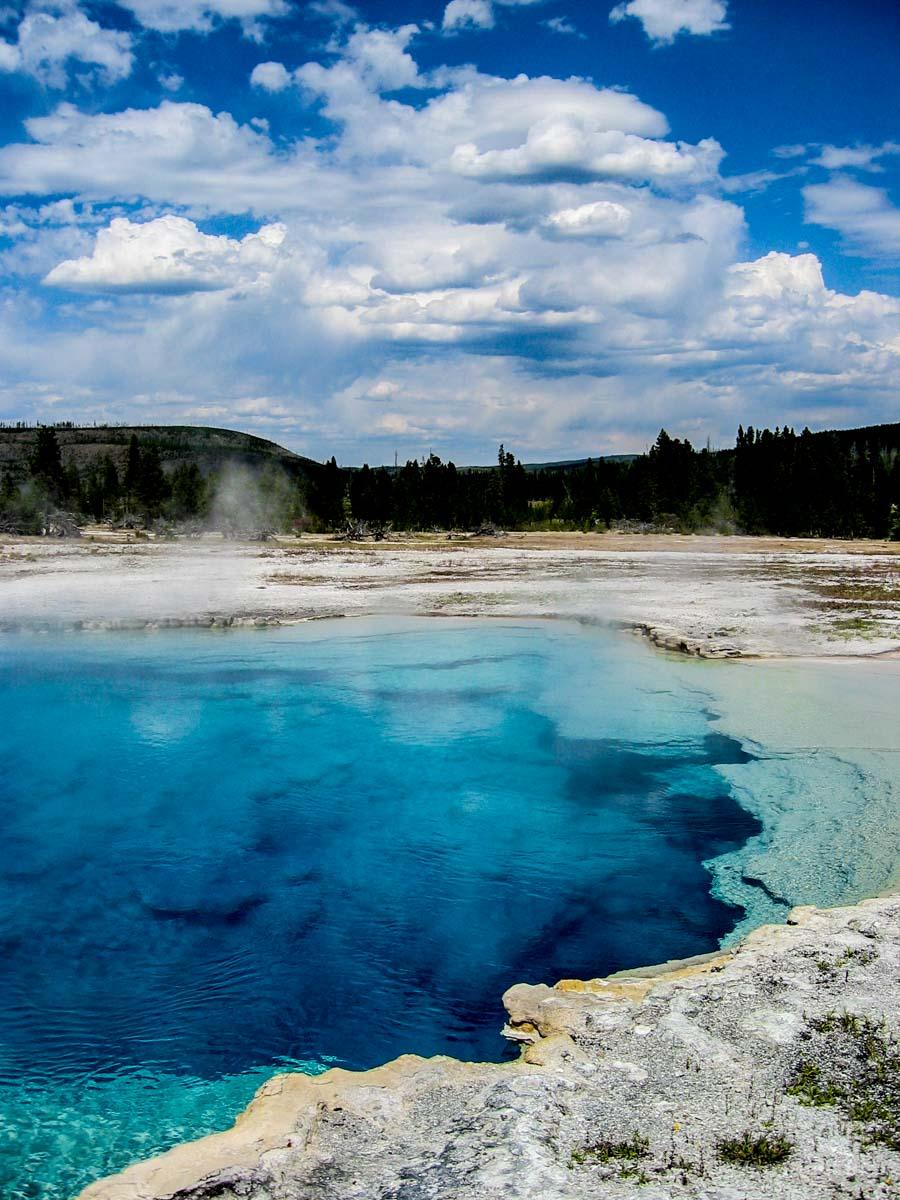
1. Yellowstone National Park - 1.5 hours from Bozeman
Yellowstone will always be one of my favorite travel memories and I think it's one of the most beautiful places to visit in the world! Why? First off, I was stunned by the beauty of Yellowstone Lake, and the incredible blue of Sapphire Pool.
Then, I enjoyed walking on the boardwalk at Grand Prismatic Spring and driving through the Lamar Valley. We saw so many bison, moose and other wildlife on our drive that it completely made sense that this area was nicknamed the "Serengeti of North America"! After a long drive, I was fascinated by the colors and features at Mammoth Hot Springs.
But, after all this natural beauty, at the end of the day, Old Faithful geyser right in front of the historic Old Faithful Inn will always be my favorite spot. We kept going back to watch Old Faithful erupt, well into the night (sometimes you have to wait a while to see a really good eruption!). It was crowded during the day but at night, my husband and I sat on the bench in front of this famous geyser and it all to ourselves. I loved how the clear starry night added to the magic!
- Northwestern United States, with areas extending into Montana
- Location Map
What I loved best:
Ending our day stargazing - the park’s vast skies are breathtaking at night. I would have stayed up the whole night, but we had to drive on next day.
I also visited this national park on another ten day trip while exploring Jackson Hole. I wrote about it in my places to visit in Wyoming article.
A downside? Rooms at the Old Faithful Inn sell out well in advance so you need to book ahead!
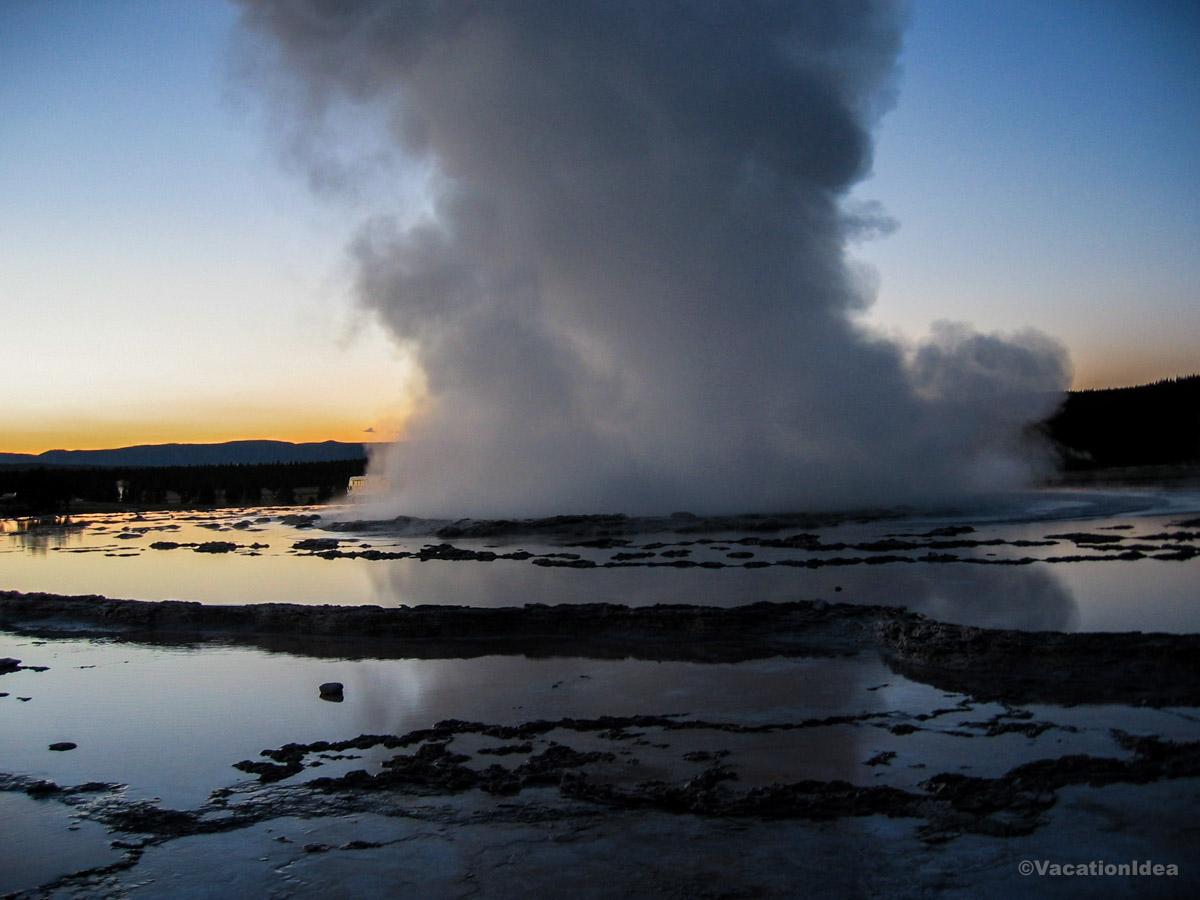
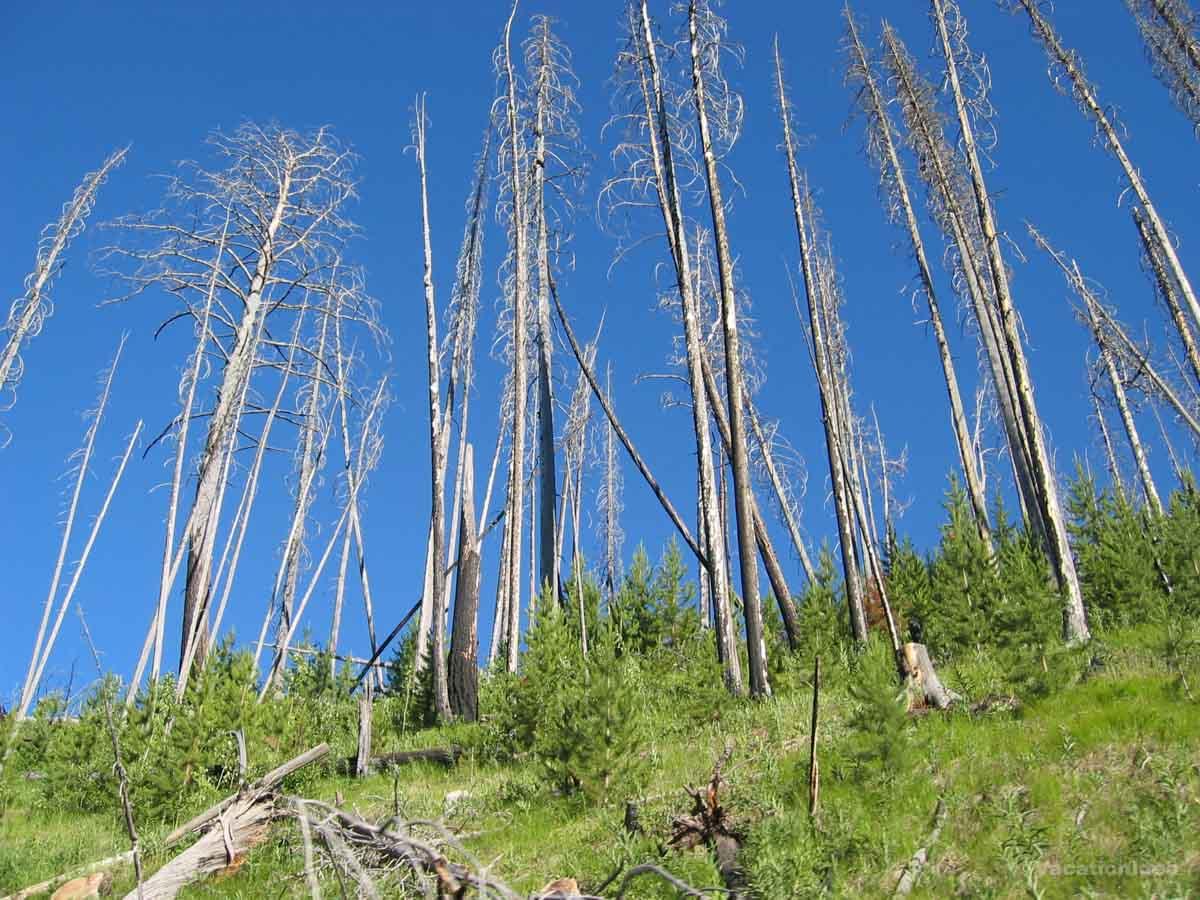
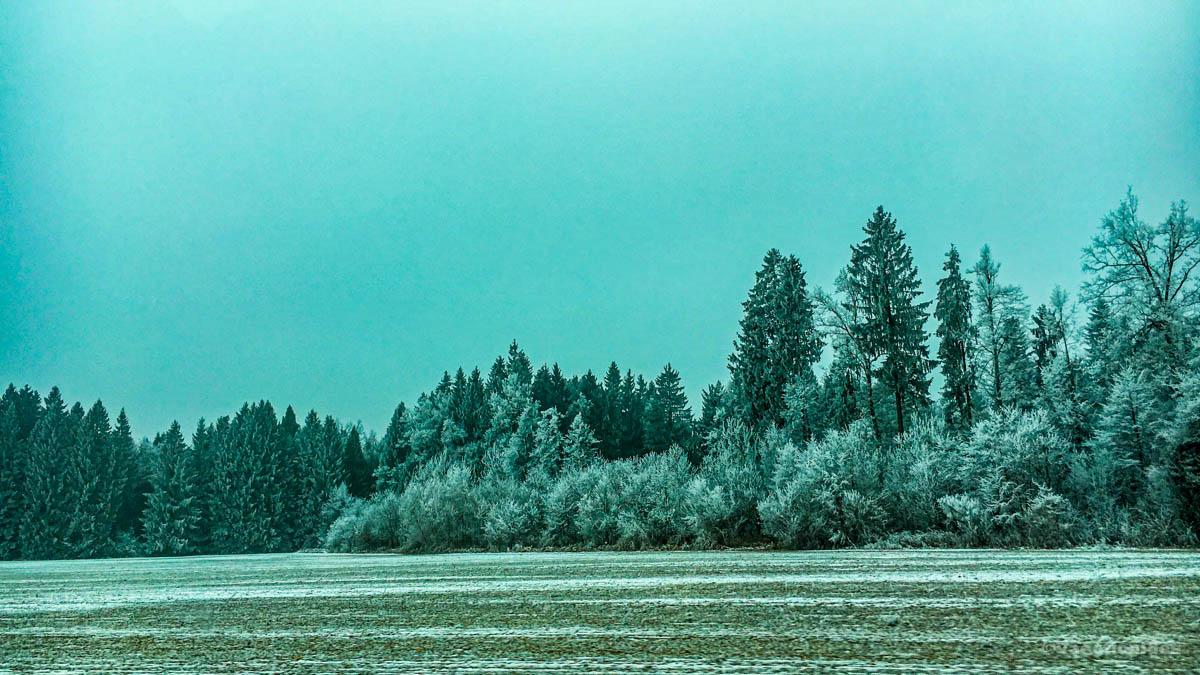
2. Silver Gate Lodging - 5 minutes from Yellowstone
This is one of my favorite stays to Yellowstone (just 5 minutes to the Northeast Entrance), and honestly, it feels like one of the most quietly magical mountain retreats in the West. Why? I love how it blends simple, rustic comfort with a sense of wild serenity — it’s the kind of place where I can sip coffee on a porch overlooking pine-covered peaks, wander into the park to watch bison at sunrise, then end the day by a crackling fire with a sky full of stars. Everything at Silver Gate Lodging feels peaceful, deeply connected to the landscape, and I highly recommend it as a weekend getaway in Montana!
We drove about 3 hours from Bozeman and stayed in a Creekside Cabin for five wonderful days, with 2 Queen beds (perfect for me, my husband and son). I really appreciated having a full kitchen, and a comfortable bathroom with shower. This place offers a wide range of cabins and homes, so I guarantee that you'll find one that fits the size of your group. For couples, the Tiny Home Cabin is super cute and I could imagine spending a honeymoon here!
I loved that there’s complimentary parking (no unexpected extra parking fee which so often pops up when you travel!), a porch perfect for wildlife watching, and even the soothing sound of Soda Butte Creek in the distance. Silver Gate itself is nestled right outside the Northeast Entrance of Yellowstone, so I had immediate access to Lamar Valley (less than 5 miles away), incredible hiking, fly-fishing spots, scenic drives, and one of the most breathtaking regions of the park.
There’s even a coffee shop on-site where we had morning coffee and picked up snacks for the road which I found super convenient.
To book, check availability or prices for Silver Gate Lodging .
What I loved best: I loved that our room was affordable (around $230/night) and pet-friendly.
The only drawback? First off, I had to book months in advance which requires knowing your summer destination. Secondly, the cabins are steps from Yellowstone’s wild beauty, a real hidden treasure, but amenities were very basic which I didn't mind personally but I wanted to mention it because I heard fellow travelers discussing it as a downside.
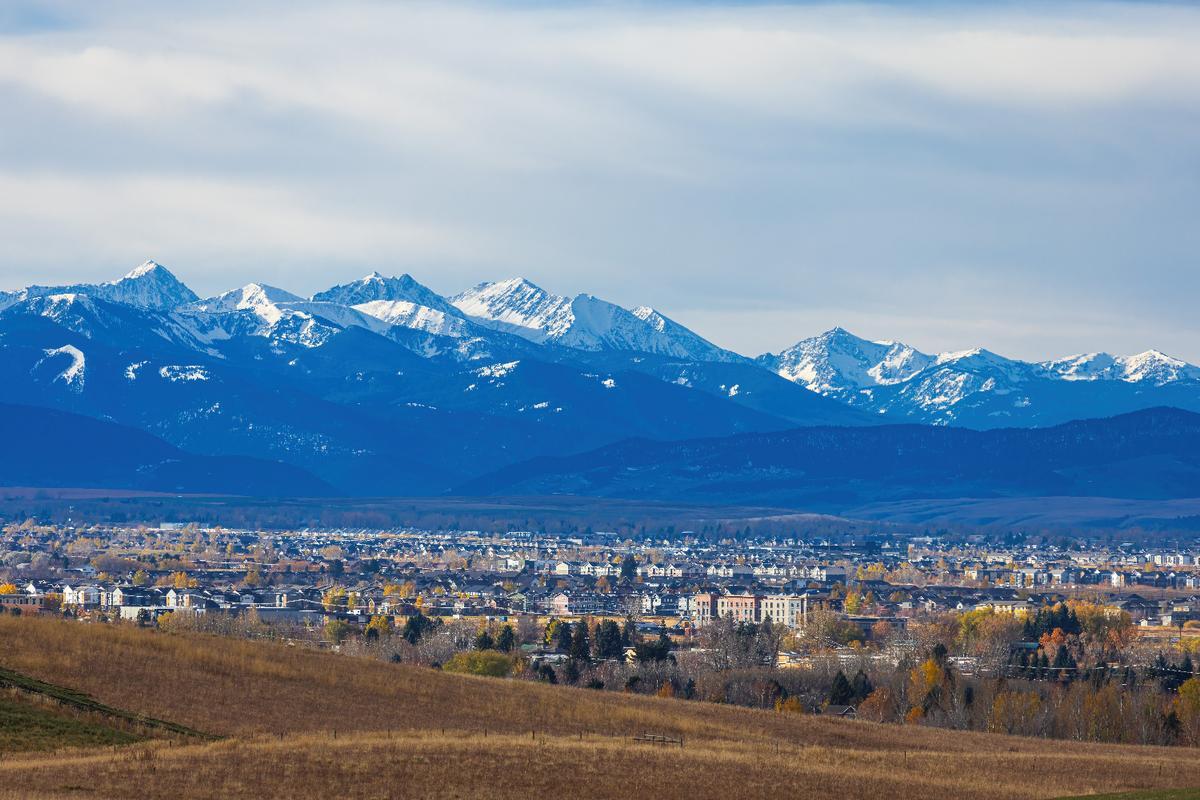
3. Bozeman, Montana
This mountain town won me over with its rare blend of rugged adventure and small-city sophistication, and I thought it was the most brilliant vacation destination in Montana! Surrounded by the Rockies, it's a place where I can spend the morning on a trail, the afternoon browsing art galleries, and evenings enjoying craft beer and live music downtown. It’s big enough to have an energy of its own, yet small enough that the mountains and beautiful nature always feel close at hand.
We flew about 3.5 hours from Austin (1,300 miles) into Bozeman where we usually start our Montana road trip. We took our son to the Museum of the Rockies ($16 admission), home to one of the world’s largest collections of dinosaur fossils, including a T. rex skull!
Downtown, I browsed Main Street’s 19th-century storefronts filled with coffee shops, boutiques, and art galleries. Later, we stopped at the Gallatin History Museum (housed in an 1911 jail, $7 admission). The first night, we stayed at the LARK Bozeman ($189), a stylish boutique hotel right on Main Street where being able to walk everywhere from the hotel felt very grounding.
- Location: Southwestern Montana, in the Gallatin Valley near the Bridger Mountains
- Location Map
What I loved best:
Sampling local brews at Bozeman Brewing Company and relaxing in the Bozeman Hot Springs, were both my personal highlights here.
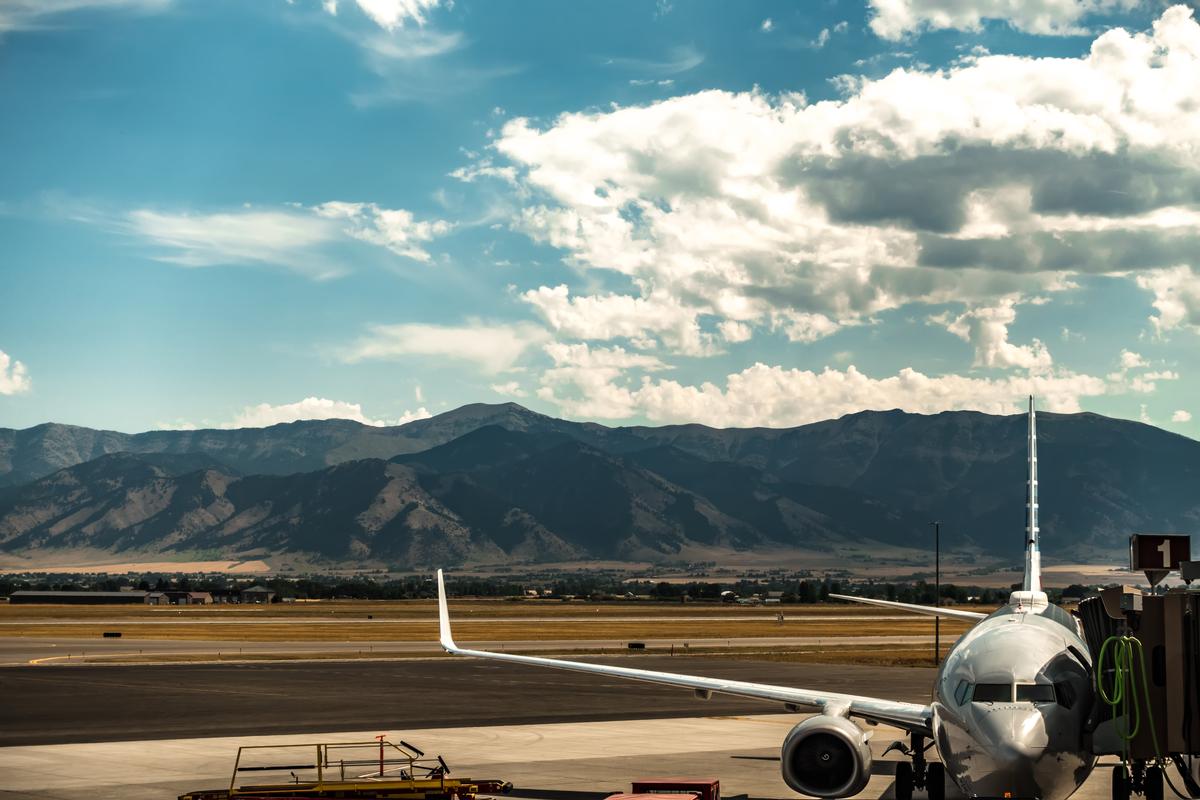
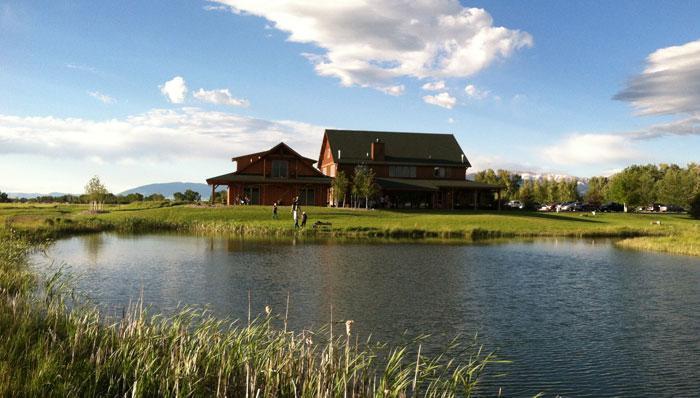
4. Gallatin River Lodge - 20 minutes from Bozeman
One of my favorite places to stay when we land in Bozeman, what I love most about this place is how it combines boutique luxury with countryside relaxation. The design is warm with rustic timbers, leather accents, and big windows showcasing the views. This lodge to me feels like a hidden retreat along one of Montana’s most iconic fly-fishing rivers.
A one week stay in a Luxury Suite in the Trout Lodge was perfect for me and and Chris! We had a spa-style bathroom with jetted tub, fireplace, and a private balcony, where I enjoyed relaxing after spending a day outdoors.
On the property, you’ll find world-class fly fishing right outside your door, plus expert guides who can take you to nearby rivers and streams.
To book, check availability or prices for Gallatin River Lodge .
What I loved best:
The lodge also offers fine dining featuring locally sourced ingredients, my favorite highlight. We also liked the cozy bar, and plenty of quiet spaces to simply read by the fire, and watch discuss wildlife with fellow guests.
A downside? The river views were peaceful, but the lodge’s small size meant limited availability. I realized I had to book well in advance.
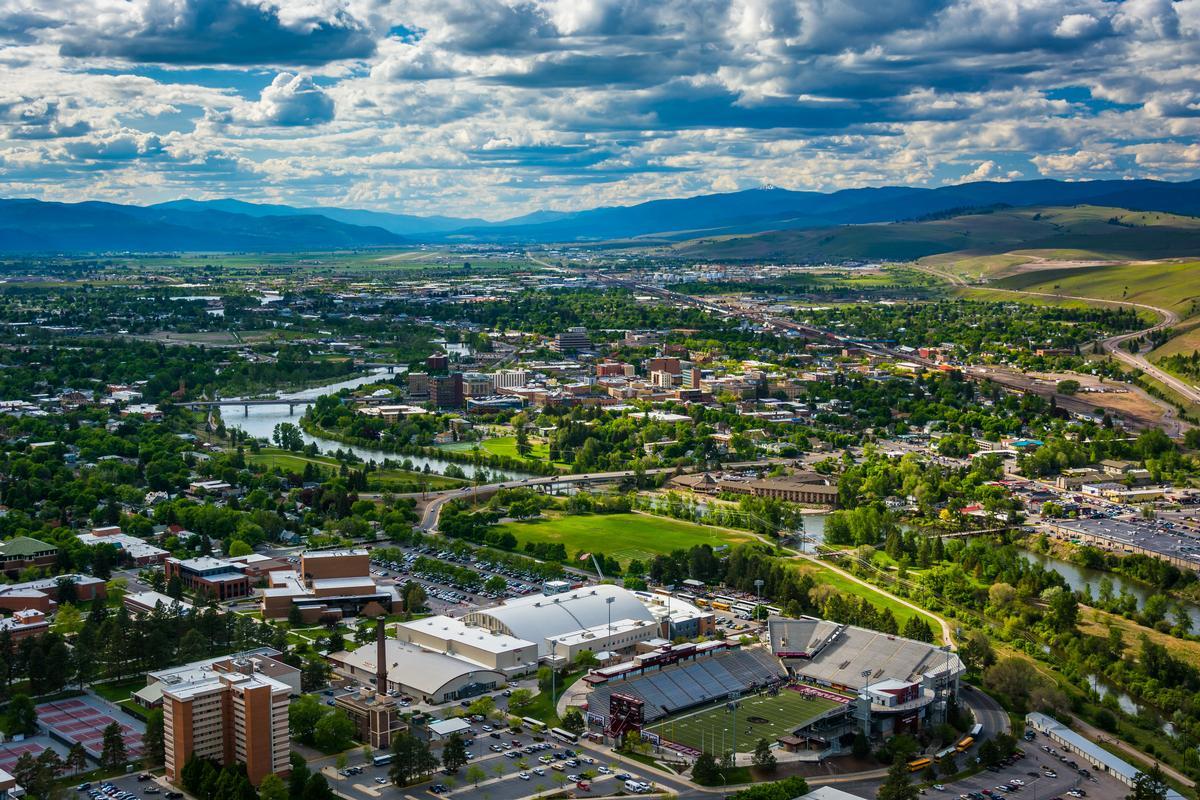
5. Things to Do in Missoula - 3 hours from Bozeman
This is one of my favorite stops when we are road tripping in Montana! Set at the confluence of five valleys and crossed by the Clark Fork River, there's a so much natural beauty in "The Garden City" and a ton of things to do!
For me, the Missoula Art Museum is the go-to spot for contemporary and regional works, and I recommend the same to every art lover. I discovered The Old Post afterwards which serves great pub food (and occasional music).
I thought that the University of Montana gives the town a youthful buzz, while local breweries, bookstores, and Missoula Farmers Market keep it grounded. Yet just minutes away, you can hike up Mount Sentinel or drift along the river.
- Location: Western Montana, in the Rocky Mountains at the confluence of the Clark Fork, Bitterroot, and Blackfoot Rivers
- Map & Directions
What I loved best:
Dinner at The Stables was my personal highlight after I worked up my appetite walking around all day.
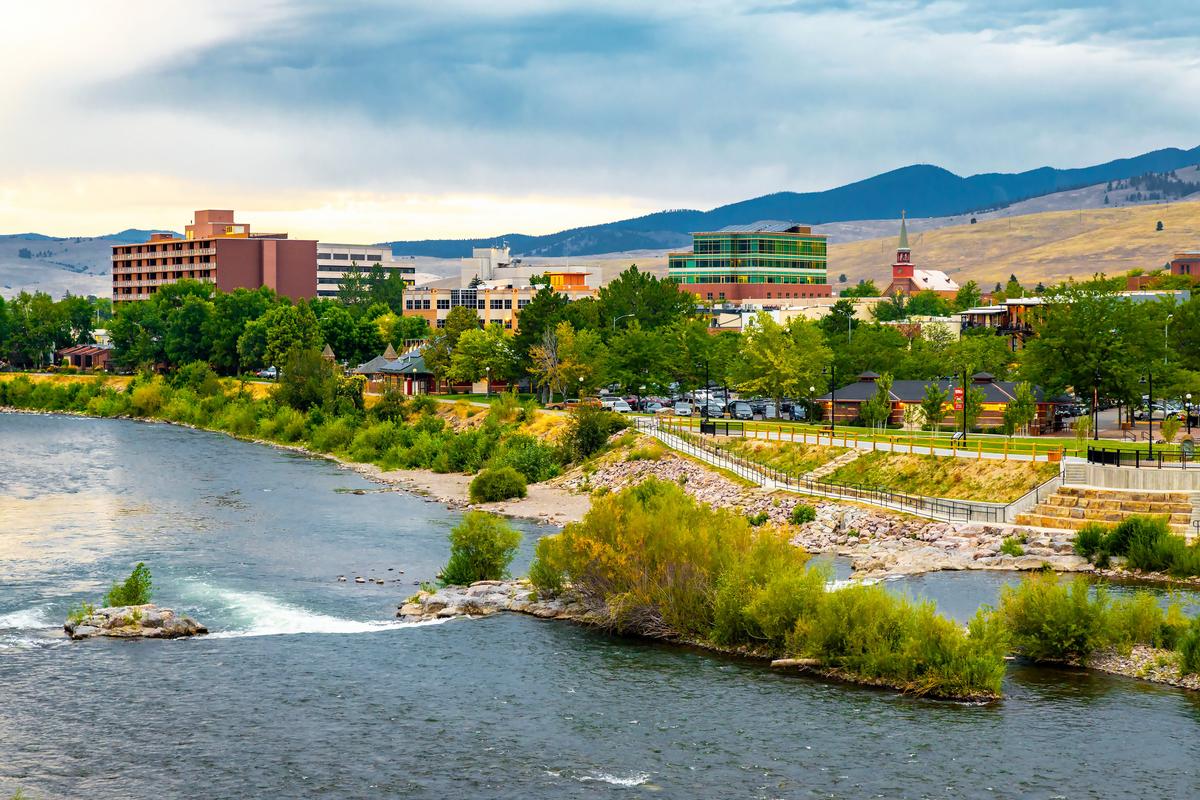
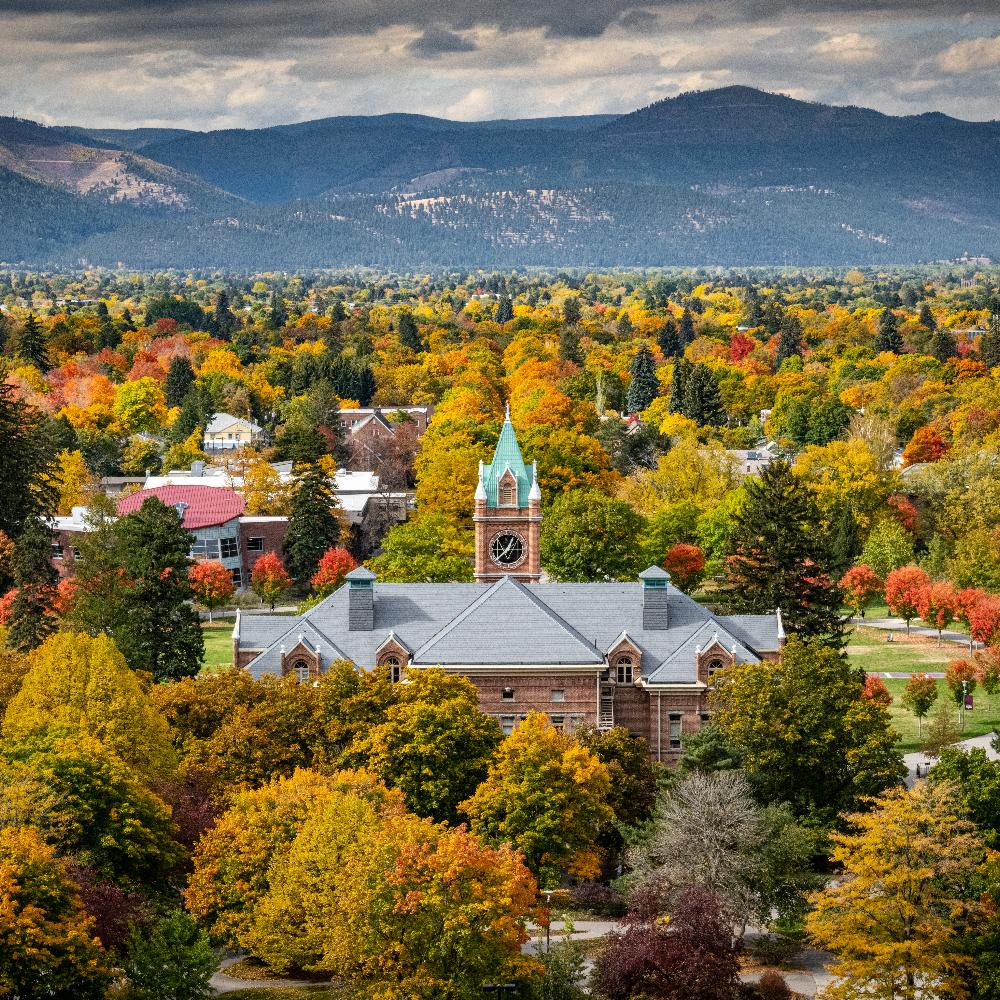
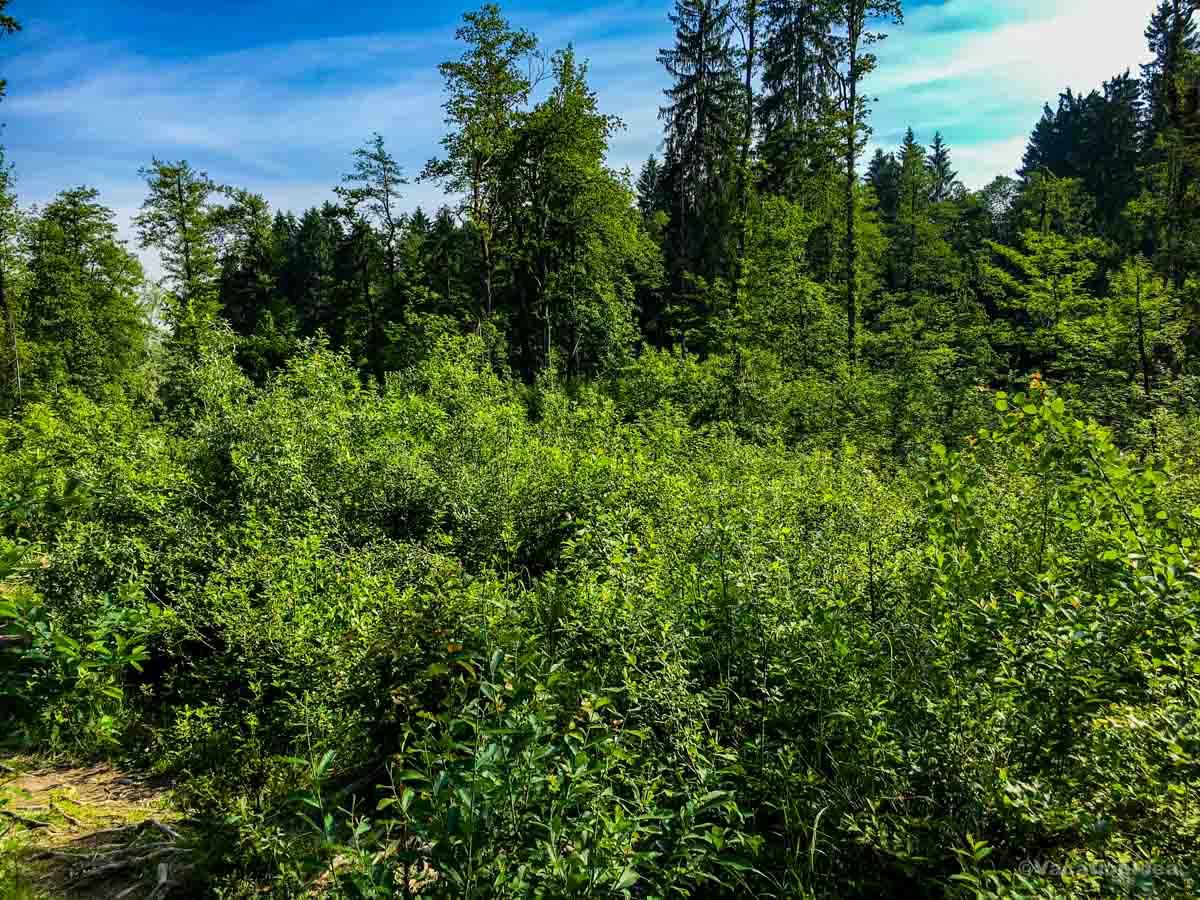
6. Whitefish, Montana
This mountain town turned out to be a hidden gem of laid-back Western spirit and it quickly turned into one of my favorite places to visit in Montana! I loved the way historic storefronts wore their rustic character proudly, and how the scent of pine mingled with the breeze from Whitefish Lake. I learned that it's nicknamed "Stumptown" due to the large number of tree stumps left in the area.
We drove 2 hours and 20 minutes north from our previous stop in Missoula when Whitefish’s creative side revealed itself with its great downtown and a cozy two-day stay at Snow Bear Chalets. I enjoyed wandering through the shops along Central Avenue, taking the chairlift up Whitefish Mountain Resort for the incredible views, and slipping away to the lake for quiet picnic.
What I loved best:
Going for a stroll along the Whitefish River Trail in the cool morning air was my personal highlight.
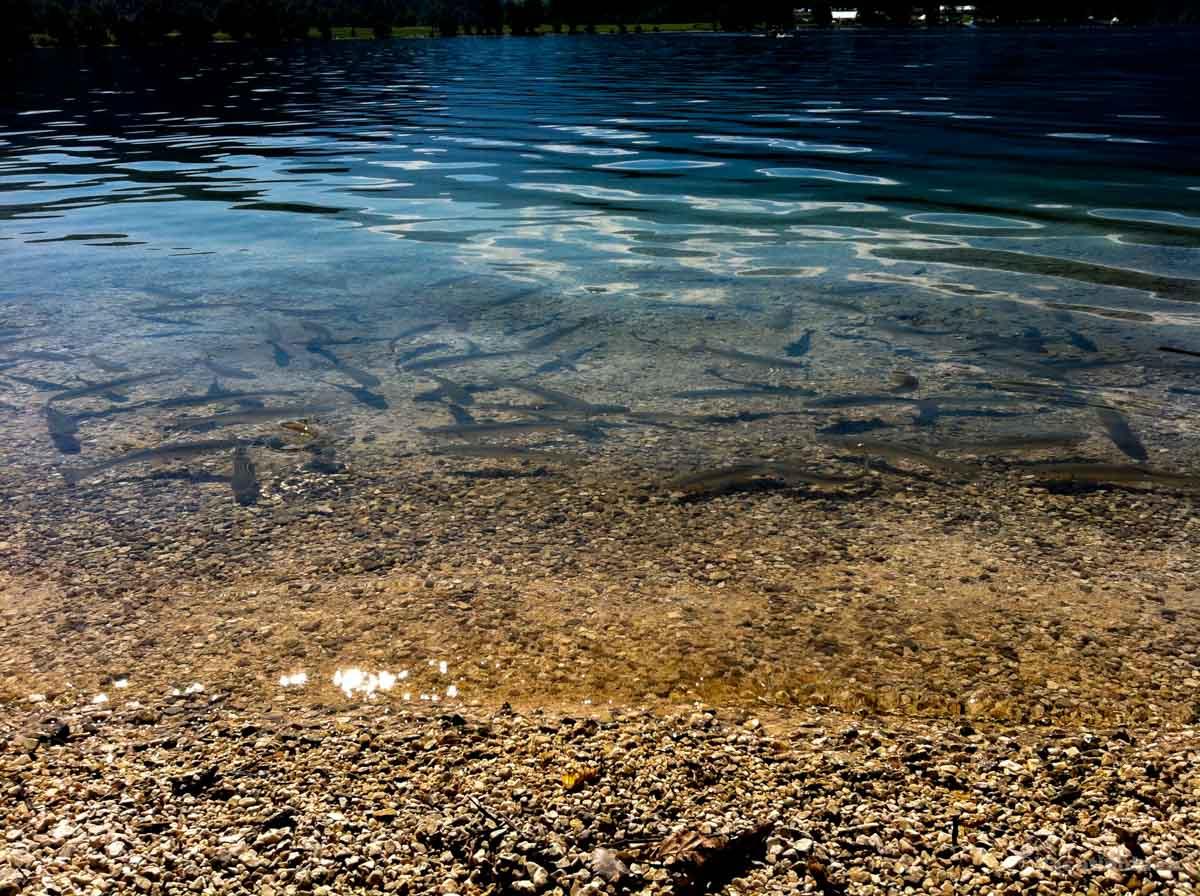
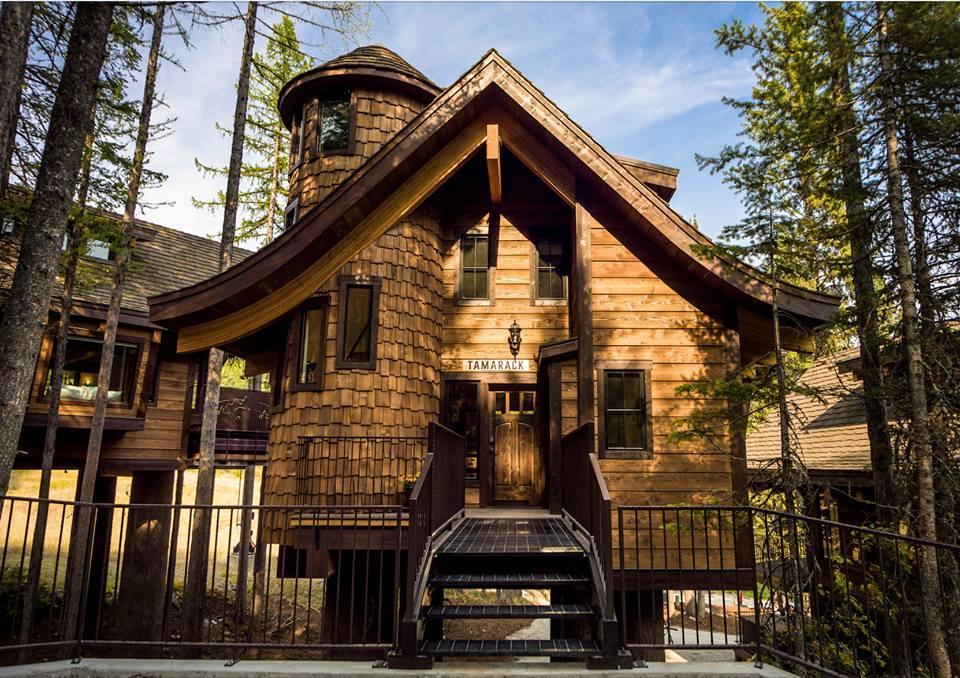
7. Snow Bear Chalets - 15 minutes from Whitefish
I love how this place blends whimsical, fairytale design with upscale mountain comfort, and it quickly because one of my favorite romantic getaways in Montana! The architecture is stunning, with chalet-style structures shaped like treehouses that I haven't seen anywhere else.
Just steps from Whitefish Mountain Resort and near Glacier National Park, I think that Snow Bear Chalets offers one of the most unique luxury stays in Montana, and best of all, perched high in the treetops.
I really loved our Treehouse Chalet for a relaxing week, which featured a king bedroom loft, gourmet kitchen, fireplace, and floor-to-ceiling windows.
Around the property, there is ski-in/ski-out access, and après-ski evenings by the fire in the winter, as well as hiking trails and day-tripping to Glacier National Park in summer. I loved having such quick access to both Whitefish and Glacier National Park.
My favorite moment was soaking in the hot tub at dusk.
One challenge? Locals told me that winter weather means icy roads and tricky access which visitors often aren't prepared for.
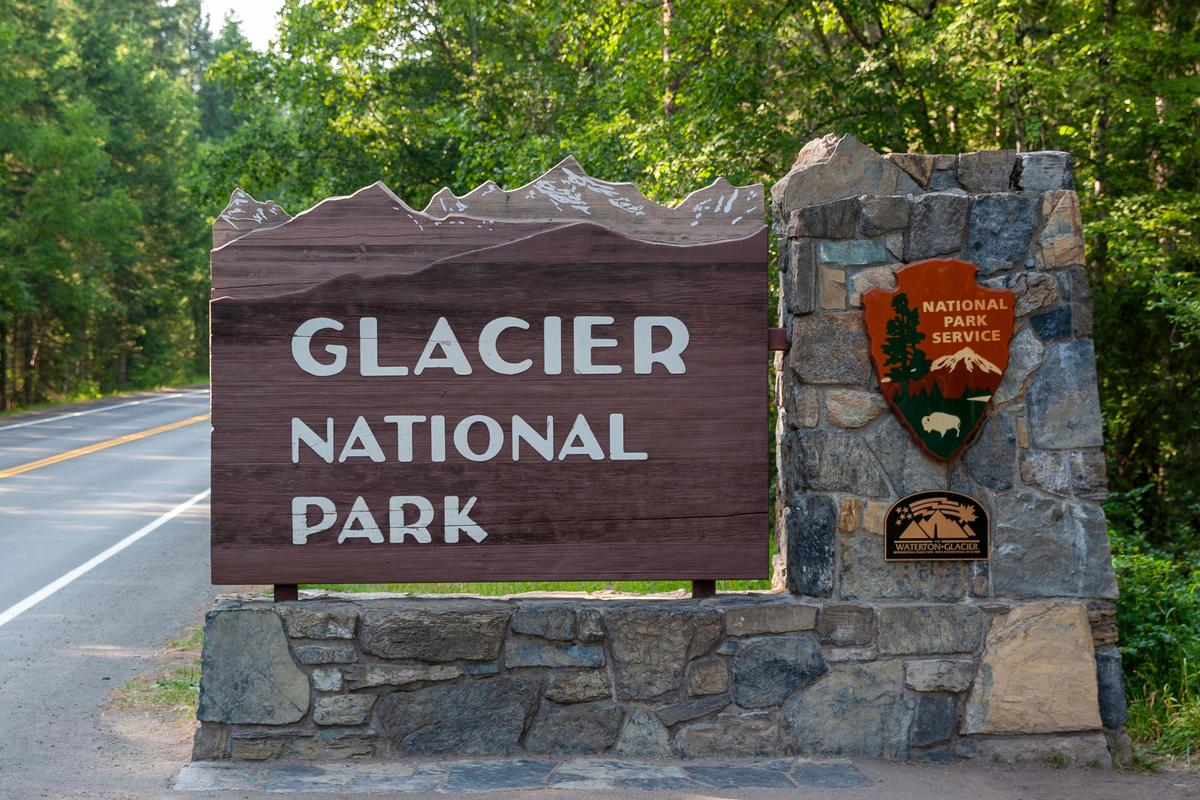
8. Glacier National Park - 30 minutes from Whitefish
This place feels like stepping into a wild world and that's why I think it's one of the best places to visit in Montana. I found it to be incredibly beautiful and I think that you will too. After just a short drive from Whitefish, we spent the night at Many Glacier Hotel ($290) inside the park.
I especially loved driving on Many Glacier Road from Babb (Montana) to the Many Glacier Hotel and trailheads. We were surrounded by all these stunning peaks - Mount Grinnell, Mount Wilbur, and Swiftcurrent Mountain. We saw Lake Sherburne and followed along the shoreline.
I thought that our family vacation time was well spent on a boat tour on Lake McDonald, the park’s largest and most colorful lake. Exploring the serene Many Glacier Valley, often called the “Switzerland of North America” is also a highlight.
- Location: Northwestern Montana, along the U.S.–Canada border in the Rocky Mountains
- Map & Directions
Next time I plan to stay at Apgar Village Lodge (from $159) near the West Entrance as well.
What I Loved Most: My absolute favorite is ending my day stargazing - since Glacier is an International Dark Sky Park, night skies are some of the best in the world!
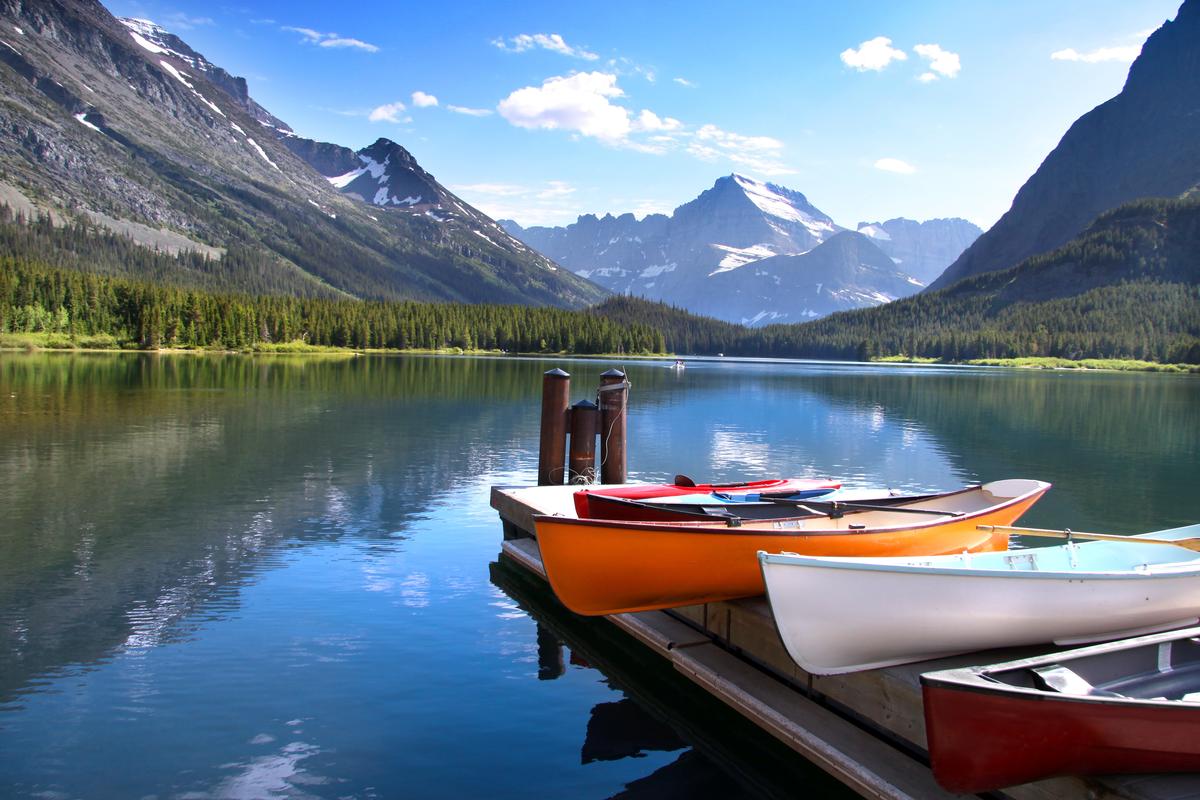
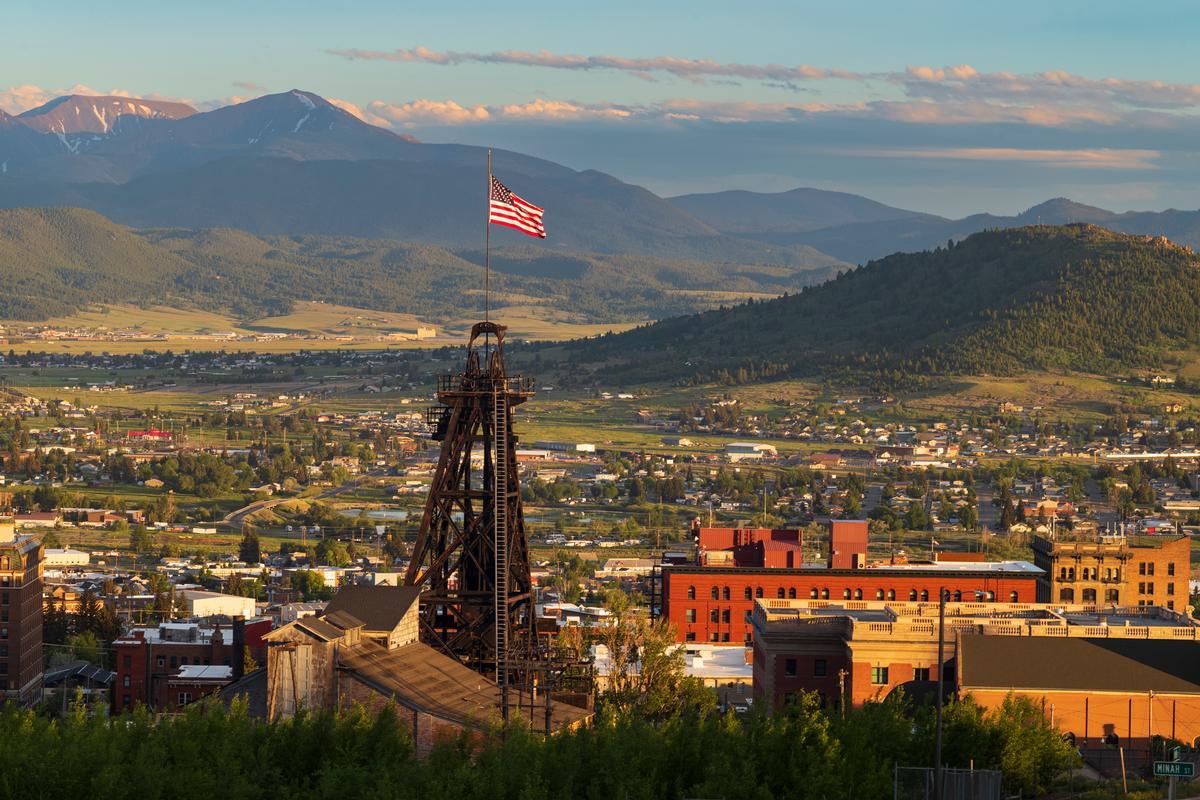
9. Butte, Montana - 1 hour 20 minutes from Bozeman
I absolutely loved visiting this place! Why? First off, it's rugged, historic, and full of character, with this unique haunting beauty. Secondly, nestled high in the Rocky Mountains, to me Butte feels like a living time capsule of the American West, where grand turn-of-the-century buildings, old mine head-frames, and wide-open skies tell stories of boomtown glory and resilience.
Located in southwestern Montana, between the Continental Divide and the Pioneer Mountains, Butte was founded in the 1860s as a mining camp. After that, it quickly became one of the richest copper boomtowns in America so if you are a history buff like me, definitely make time for this town!
After a quick drive on a day trip from Bozeman, we enjoyed exploring the city, touring the World Museum of Mining, taking the Old Butte Historical Underground Tour (a must if you love a good story!), and walking through the Uptown district with its quirky shops and vintage charm.
- Location: Southwestern Montana, on the Continental Divide in the Rocky Mountains
- Map & Directions
What I loved best:
I hiked up to the Our Lady of the Rockies, a striking 90-foot statue that overlooks the city from the Continental Divide — the view from up there was breathtaking, my personal highlight!
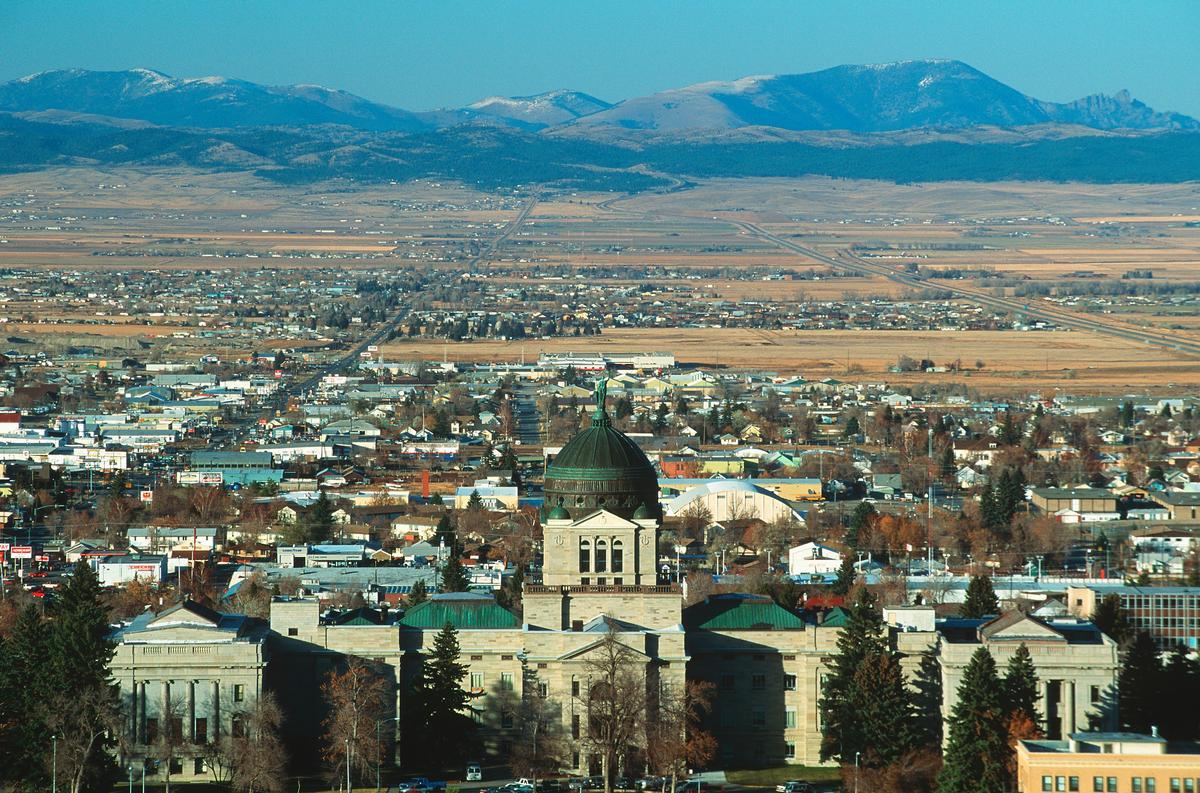
10. Things to Do in Helena
Another one of my favorite day trips in Montana about 1 hour 45 minutes from Bozeman, I though that this was a unique capital city because it has more of a small town feel. Once a booming gold rush town, the "Queen City of the Rockies" has ornate architecture, a grand cathedral, and Victorian mansions. Still, it's definitely a getaway for outdoor enthusiasts because just beyond downtown, trails climb into the surrounding hills, where we adored the views!
For lunch, we loved The Hopper Kitchen & Market where I had a great sandwich and fries (my son had a juicy burger). If you are in the mood for Italian, try On Broadway with a unique exposed-brick dining room.
My favorite stops included the Montana State Capitol, the striking Cathedral of St. Helena, and learning about local history at the Montana Historical Society Museum!
- Location: Western Montana, in the foothills of the Rocky Mountains
- Map & Directions
What I loved best:
Wandering through the Mansion District, home to Victorian-era residences from the gold rush, was my personal highlight.
A downside? There is a risk of wildfires when it's dry and windy so keep an eye on local news while there.
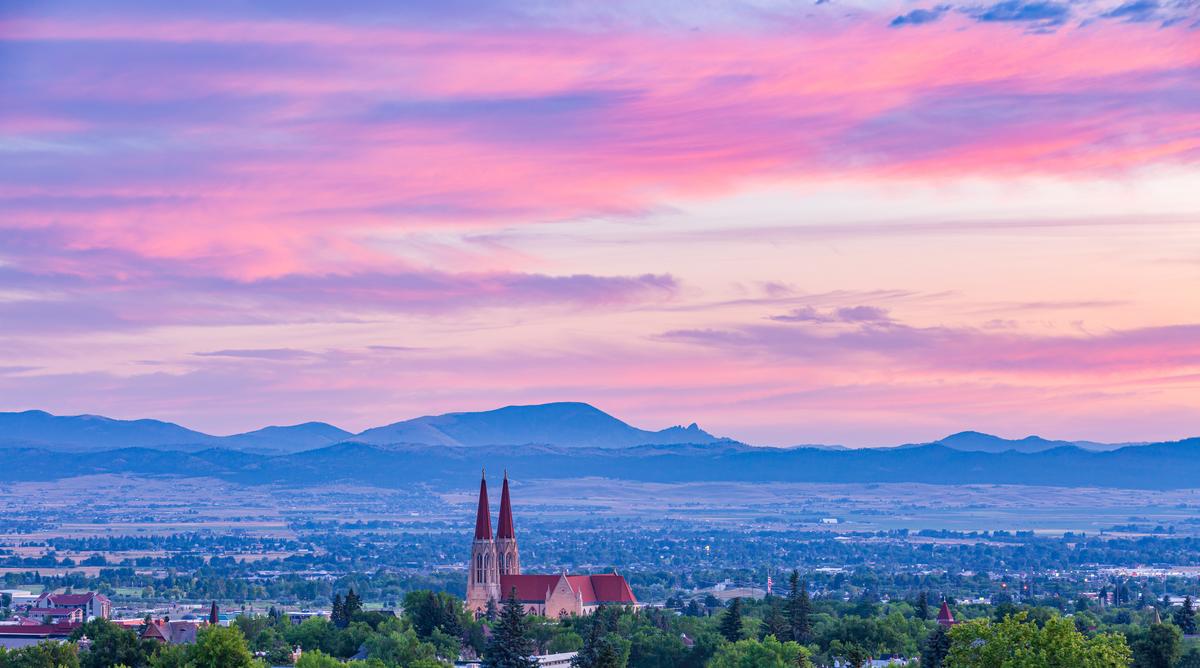
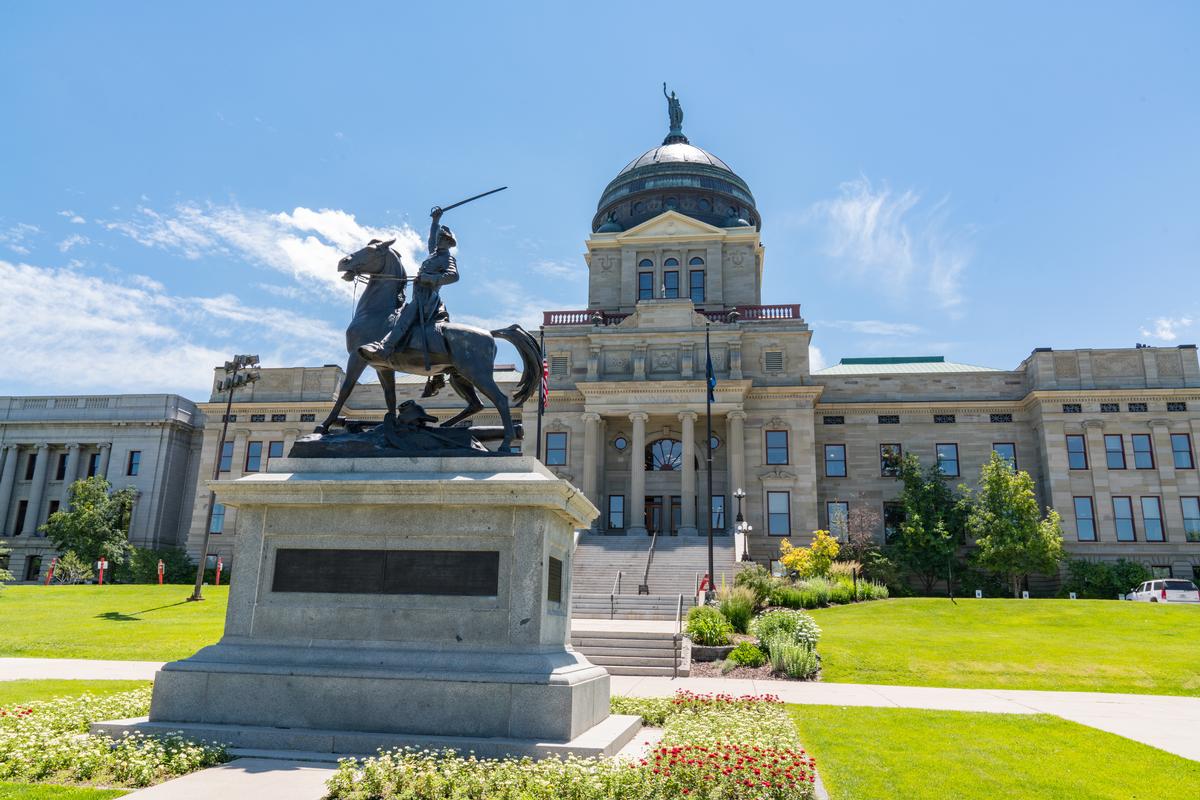
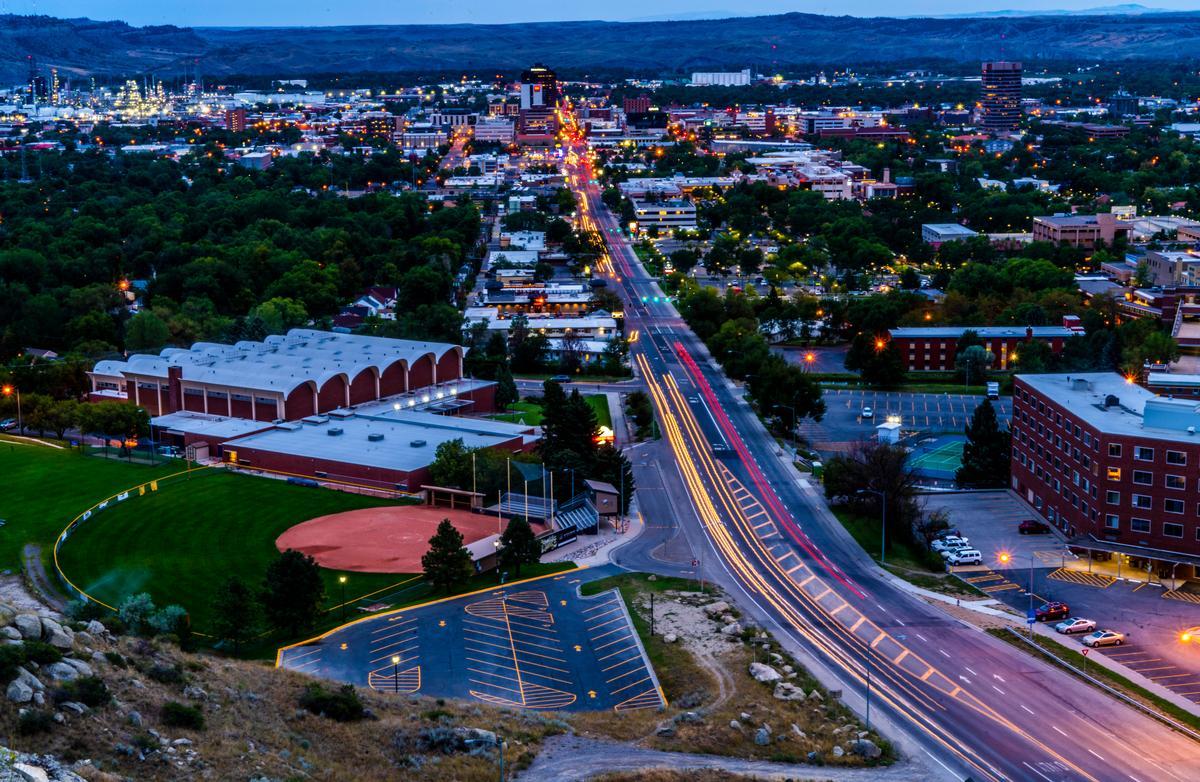
11. Billings - 2 hours from Bozeman
I think this is such a unique city and for me, one of the best places to visit this month! Why? Because it's both a hub of commerce on the Great Plains and a gateway to Montana’s wide-open spaces for vacationers like me who love the outdoors. It’s a big city (the largest in the state!) but you'll find it surrounded by rugged landscapes, sandstone cliffs, and rivers. We stayed in a comfortable room with two Queen beds at 3-star DoubleTree by Hilton Hotel Billings for two days.
Some of my favorite stops included the Moss Mansion, Yellowstone Art Museum, Yellowstone Riverwalk, and the Billings Brew Trail, Montana’s only walkable brewery district.
- Location: South-central Montana, along the Yellowstone River
- Map & Directions
What I loved best:
For me, Billings is one of the best places to visit in Montana because there's so much to do indoors and outdoors year-round!
Ending the day with sunset views from Swords Rimrock Park was my personal highlight.
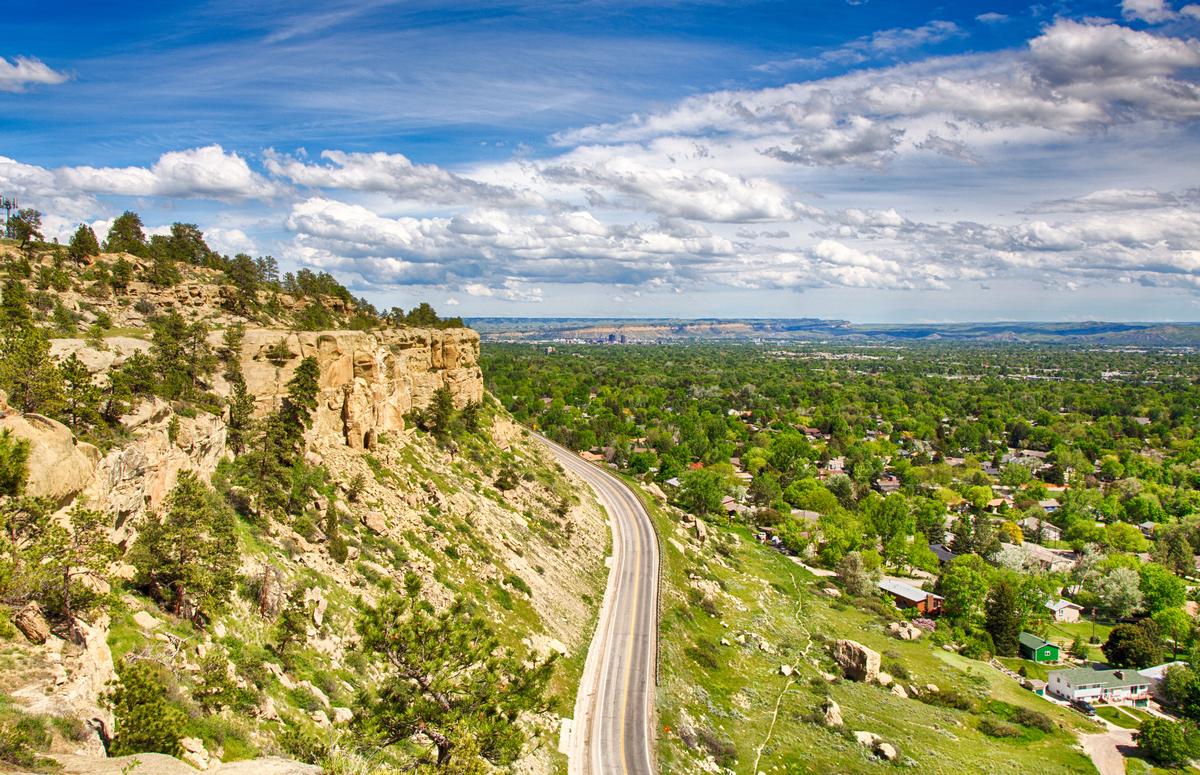
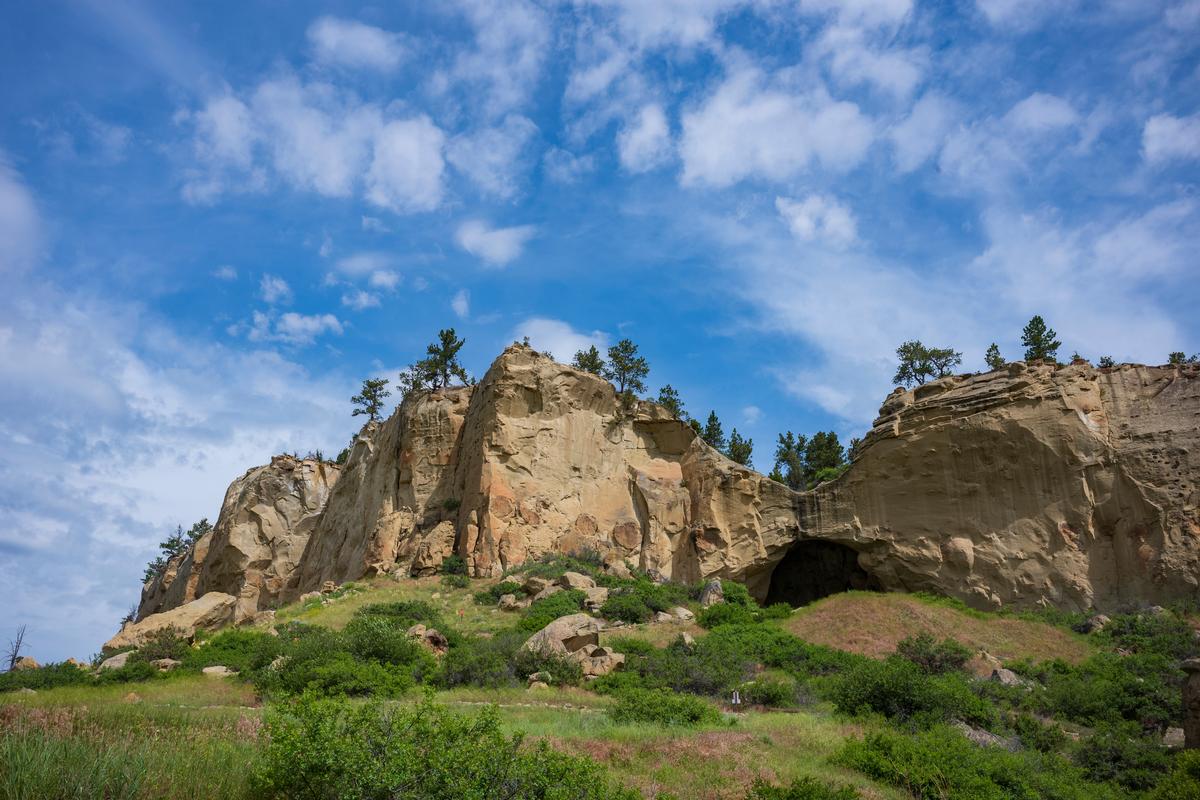
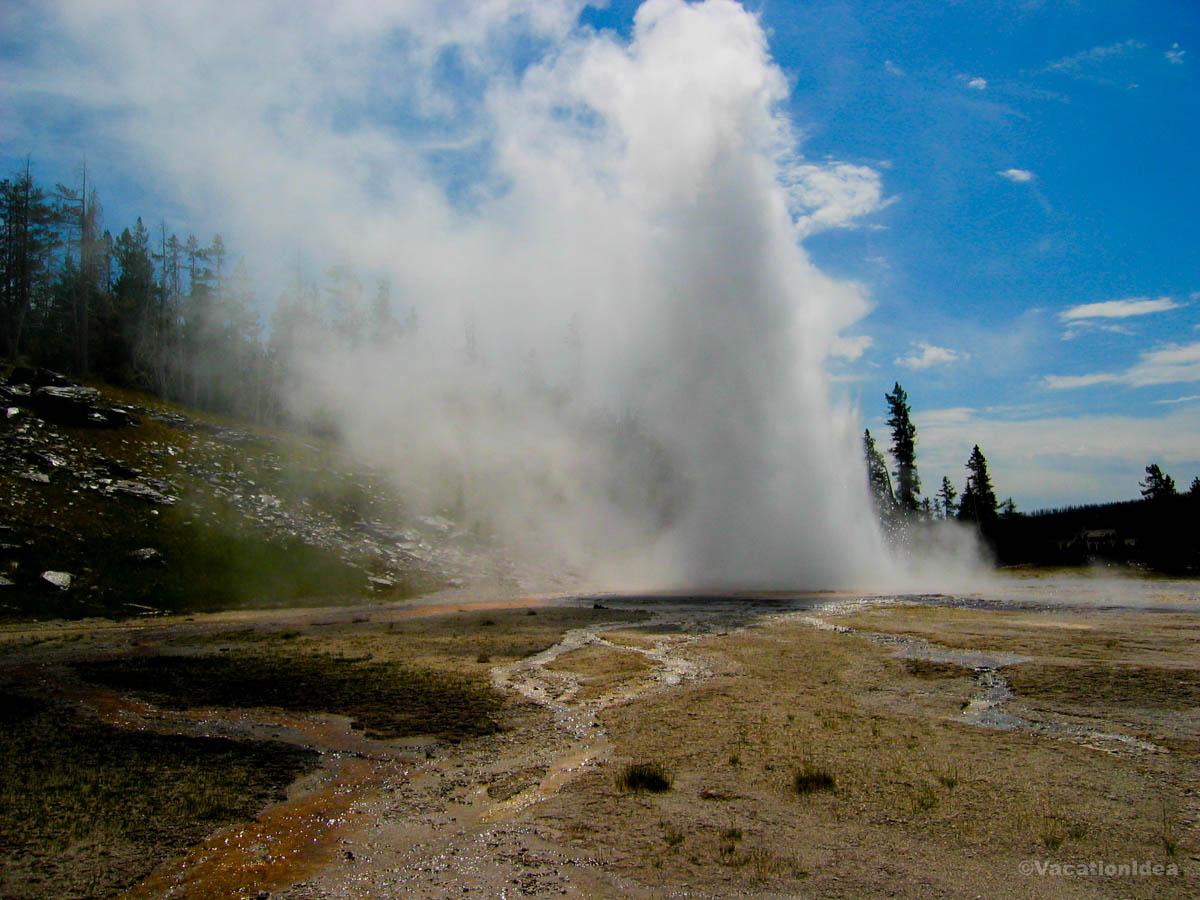
Booking Checklist
1. Book Your Flight - I use Expedia because I like their mobile app with my itinerary. They've helped me re-book flights on many occasions. Once you reach their Gold tier, support is especially good.
2. Book Your Hotel - I use Booking.com or Expedia, depending on my destination.
3. Book Your Rental Car - I use Expedia.
4. Book your tours on Viator or Get Your Guide.
5. If you are planning to visit more than three national parks in the next 12 months, buy the America the Beautiful Pass.
